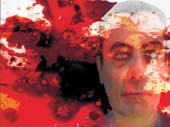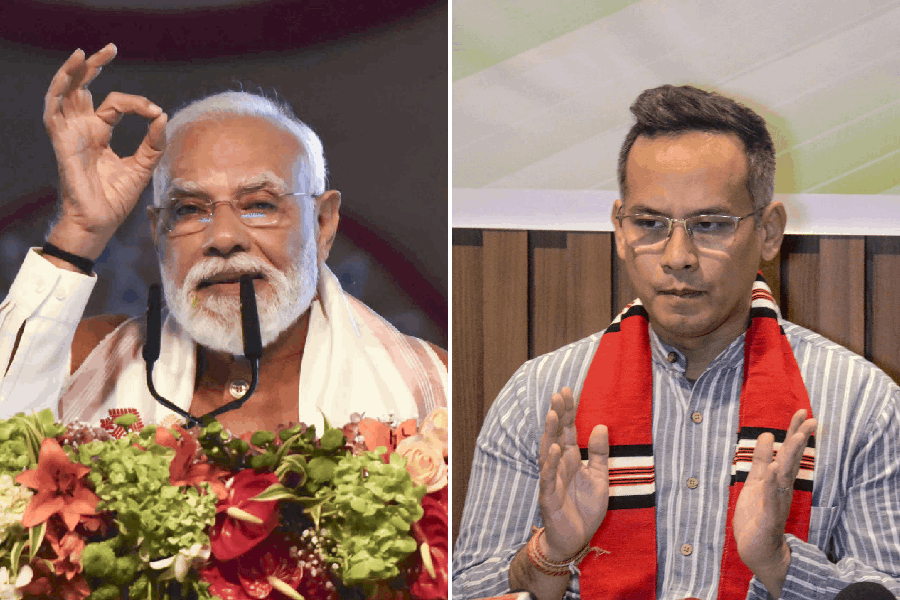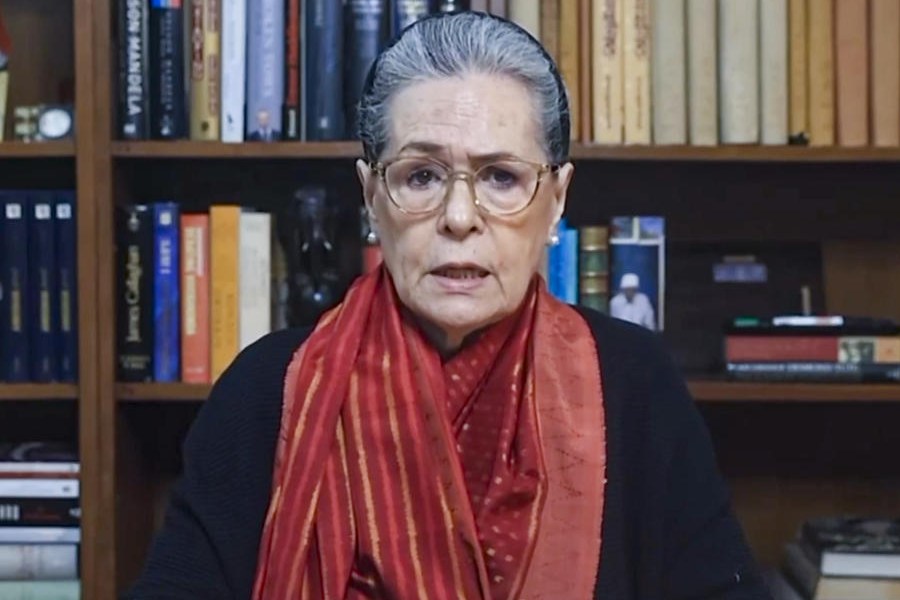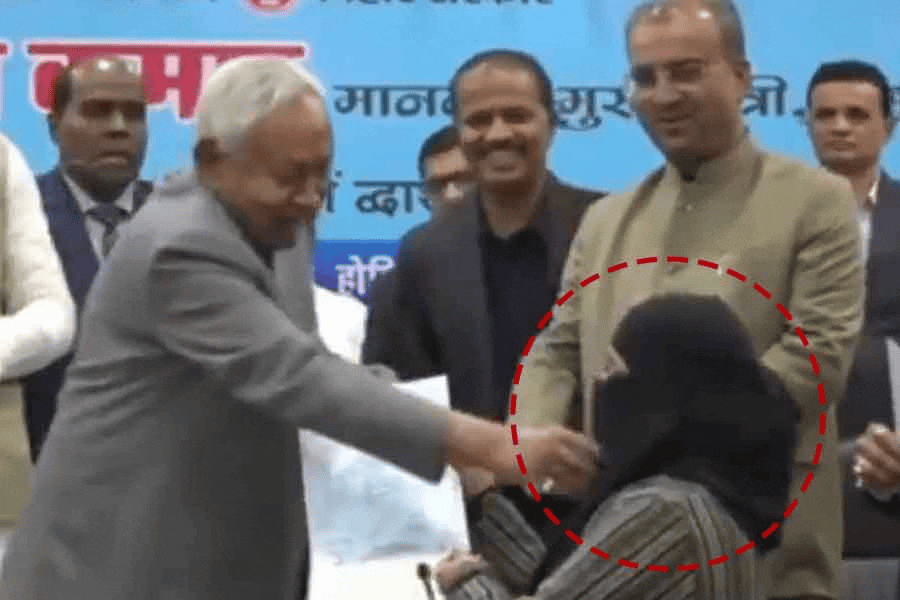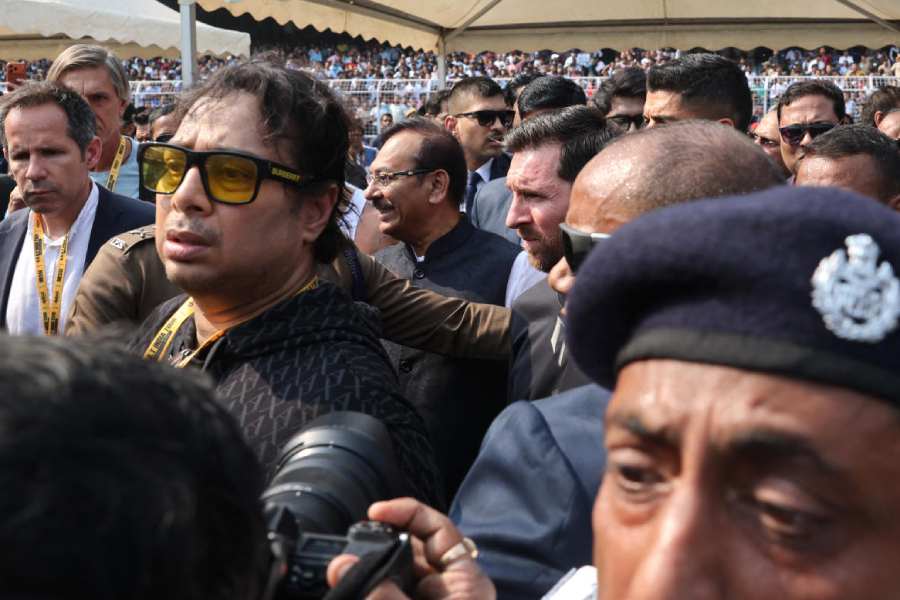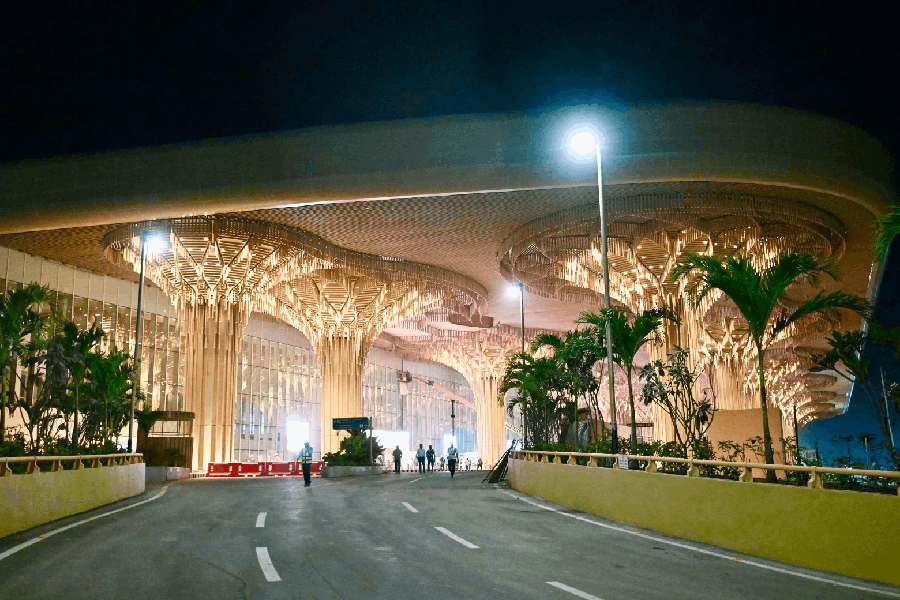 |
 |
| SLEEP OF THE DEAD: The Mumbai serial killer has mainly targeted pavement dwellers |
And that — along with the free food that was served at the dargah — was why the despairing gathered there every day. Among them were those ripped apart by drugs. And now, it transpires, on the sidelines of the crowd was a killer.
On October 5 last year, taxi driver Vijay Gaud was found dead behind the Income Tax Offices at Churchgate, close to the dargah. Twenty days later, the body of a beggar was found outside the Bombay Hockey Association at Churchgate, again near the dargah.
The list of the dead grew. Another youth was found killed on December 14, 2006, on the footpaths of Churchgate railway station. A beer can was found near the body. A body was found a few days later outside the IT office — and, again, next to a beer can.
That was when the media saw a pattern and started calling it the beer can murders. Mumbai police commissioner A. N. Roy insisted that these were random killings. But the murders continued. Another man was killed on December 25, while in the New Year three more murders came to light.
All the eight victims were poor. Barring the taxi driver, none was identified. Forensic examination of the victims revealed signs of sexual intercourse which led the police to believe that the murderer was a homosexual.
But the serial killer story is also a tale of police ineptitude. The Mumbai police first detained Ravindra Kantrulu aka Rahim who lived in a shanty near Marine Lines. He was addicted to drugs, and often hung around near the dargah. Kantrulu was reportedly arrested on January 22, 2007, though his lawyer Sushan Kunjuraman claims that he was detained on January 11. “The police knew that Kantrulu was not the real killer since on the very day they picked him up for detention on January 11, a man was found dead at Grant Road station bridge,” he says.
By the third week of February, the Mumbai police had constituted a special investigative team and subjected Kantrulu to numerous narco-analysis and brain mapping tests. Kantrulu, a series of leaked reports held, had admitted to not just eight but 15 murders in the last two years and he liked the sight of gushing blood. The police claimed that they recovered some blood-stained clothes from a public toilet in the same area but no forensic evidence has linked them to him. Still, the police would have held on to Kantrulu if two more murders had not occurred after his arrest. On February 25, the railway police recovered the body of an unidentified male near Charni Road railway station. The corpse bore injury marks similar to those found on the bodies of the other victims of the killer. “This definitely put us in a corner,” confessed a senior police officer.
The real killer fell into the lap of the police thanks to a victim who lived to tell the tale. While Kantrulu was in police custody, a 20-year-old migrant, Raju Pappu Gupta, led them to Salim Sheikh. On February 21, Gupta, who had come from Lucknow looking for a job, was stabbed six times, but managed to flee.
Commuters found him lying in a pool of blood near Mumbai Central station and alerted the police, who rushed him to a hospital where he is now recovering. The police produced a sketch of the assaulter based on his account. And that’s how Salim Sheikh was arrested.
Ironically, the police had nabbed Sheikh in April 2006 when four bodies had been recovered. The police said he had tried to dispose of the bodies by hiding them inside the crevices between the tetrapods lined across the beach front at Marine Drive. He was let off for lack of evidence. The police, however, are claiming that the Salim Sheikh they arrested in April 2006 was another man.
Some insiders hold that Sheikh, whom the police describe as a psychopath, lured the victims after they had their food at the dargah, had sex with them and hit them with a sharp stone and stabbed them repeatedly. Gupta, who survived the attack, said that he was also offered food at the Bauddin Shah Baba dargah. It is now believed that the beer cans found at two of the spots had nothing to do with the murders. The vagabonds used the cans to drink water.
But the name sticks. And many hope that in the coming days the Mumbai police will finally admit that they have got the real Beer Man.

